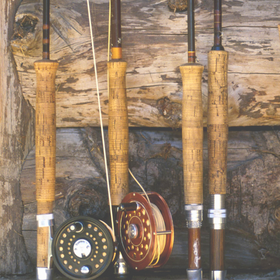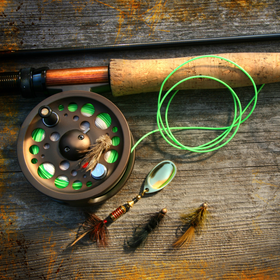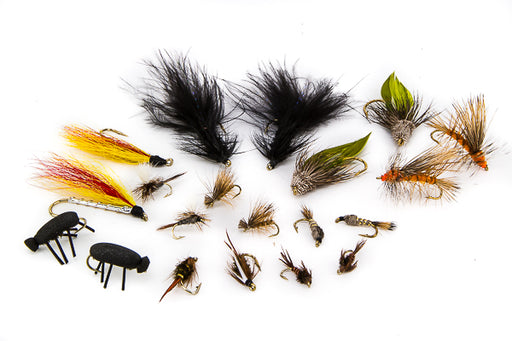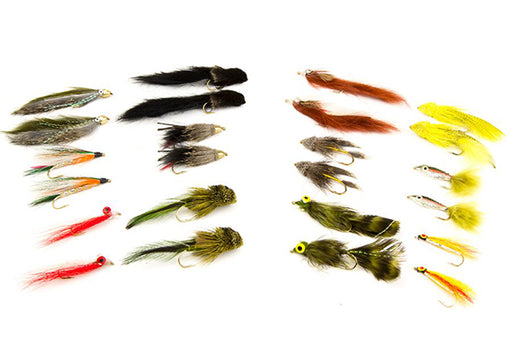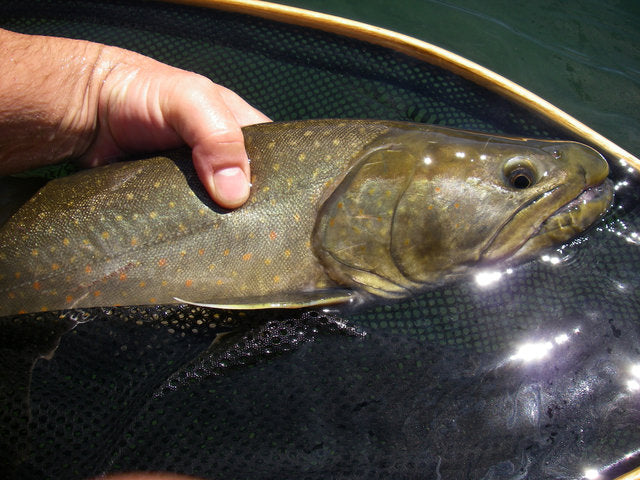
The Infamous Bull Trout
The Bull Trout: A Noble Salmonid in Peril
The Bull Trout, indigenous to Western North America, was once celebrated as the greatest of all Salmonids. However, it began a rapid decline in the 1930s. Early naturalists praised the Bull Trout for being the most active and handsome of the trout, inhabiting the coldest, cleanest, and most secluded waters. They are an aggressive and worthy game fish, and their preference for pristine water makes them an excellent indicator species for watershed health.
Historical Range and Decline
Historically common in Montana, Idaho, Washington, Oregon, Alberta, and British Columbia, the Bull Trout has now declined so significantly that it is listed as an endangered species. Human environmental degradation and the introduction of non-native species have both contributed to this decline. Bull Trout were often targeted because of their predatory nature, especially when Rainbow Trout were introduced, leading to a decrease in their population.
Mobility and Migration
Bull Trout are highly mobile, often migrating back to lakes that form the headwaters of streams or even into different streams altogether. Coastal populations may migrate to the ocean and back. This migratory ability has undoubtedly contributed to the species’ diversity and resilience.
Size and Fighting Ability
In addition to their beauty and fighting prowess, Bull Trout are known for their size. River-dwelling Bull Trout can reach up to 10 pounds, while those in lakes have been caught weighing more than 20 pounds. Unfortunately, the preference for other fish species by sportsmen and biologists has directly contributed to the Bull Trout’s endangered status. Recognizing and appreciating entire ecosystems is crucial, as native species exist for a reason and should not be replaced arbitrarily.
Fishing Availability
Bull Trout are highly protected in most of the locations where they live. There are few rivers or lakes where targeting Bull Trout is allowed. The Metolius River in Oregon is one location that we are familiar with here at the shop. Lake Billy Chinook, the reservoir downstream of the Metolius river is another location close by, but that is about the extent of our Oregon Bull Trout fisheries.
In Washington, the Skagit River and tributaries have previously been available for anglers targeting bull trout. Please check current regulations before planning on targeting a highly-endangered and highly-protected species.
Other locations where isolated, healthy populations exist. In Montana and BC, Canada, there exist popular bull trout fisheries when open. Those are for you to find with a little more research...
Challenges and Conservation
Bull Trout fry require extremely cold water to survive, which limits suitable spawning habitats and complicates their recovery. Fortunately, biologists across their range are working to protect valuable spawning beds and raise awareness about the species. Nature has a remarkable ability to forgive past mistakes, and with constant vigilance, the Bull Trout species can survive, though thriving remains uncertain.
Call to Action
Already extinct in California, those living near waters within the Bull Trout’s natural range should support conservation programs to enhance their survival. The fortunate few who live near healthy populations can experience the thrill of fly fishing for Bull Trout by swinging a big streamer in front of a hungry specimen, witnessing their beauty and strength up close.



